Part 1 ● The importance of differentiating between standard and special drive controls
Electric wheelchair users who don’t have a suitable control system can struggle with daily life activities. A proper fit between the personal abilities and the electric wheelchair equipment, has a huge impact on their independence and self-esteem.
In part 1 of this blog series, we define a standard drive control and a special drive control. We also clarify who special drive controls are for. Lastly, we already touch upon the first steps of selecting the right drive control in the section ‘How to start the selection process of a drive control’.
What is a standard drive control
A drive control is needed to control an electric wheelchair. Every electric wheelchair has a standard drive control. What does ‘standard’ mean in this case? This means the drive control is a hand joystick. This joystick is generally positioned right before the arm rest.
Most standard drive controls have a joystick and a display, some are just a standalone joystick. Via the display of a standard drive control, you can navigate the wheelchair profile and the modes. If a person cannot perform the activities they would like, the search for a special drive control begins.
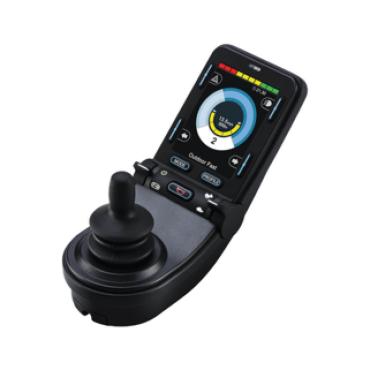
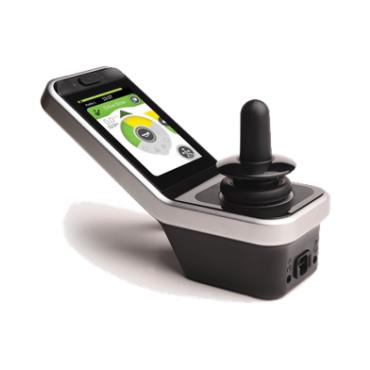
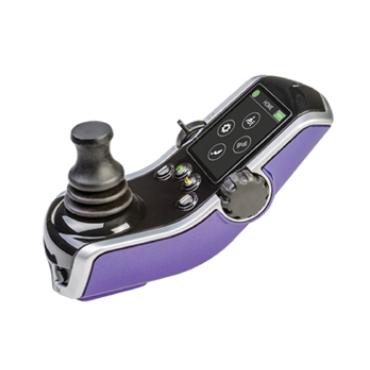

What is a special drive control
Special drive controls are alternatives to a standard drive control. They differ from standard drive controls in two ways. Firstly, the required force to operate a special drive control is different. It can either be lighter or heavier in use compared to a standard drive control. Following the industry standard, we express the required force in grams or pounds.
Secondly, the special drive control can be positioned elsewhere on the electric wheelchair. Remember, a standard drive control is generally positioned right before the arm rest. A special drive control can be positioned more midline, underneath the chin, below a foot. There are various possibilities.
In part 2 and 3 of this blog series, we dive deeper into selecting the right drive control for complex mobility problems.
A special drive control differs from a standard drive control because of two main aspects
• The required force to operate the drive control
• Where the drive control is located on the electric wheelchair
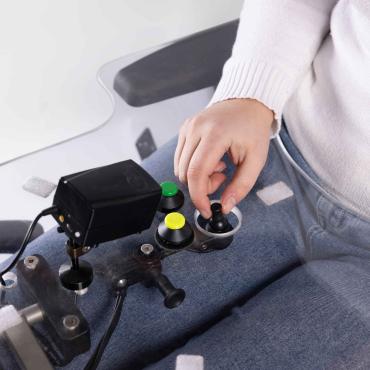
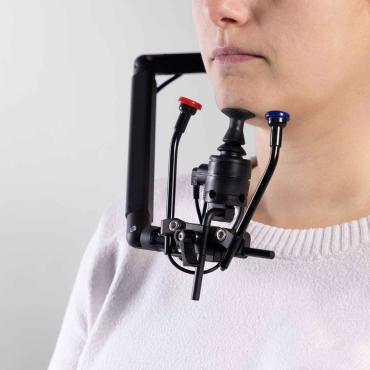
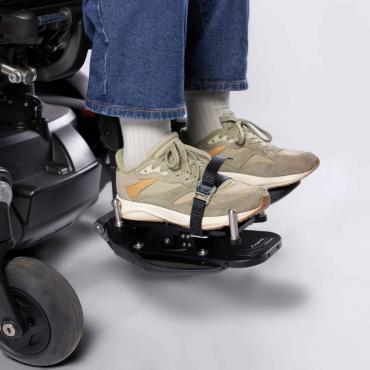
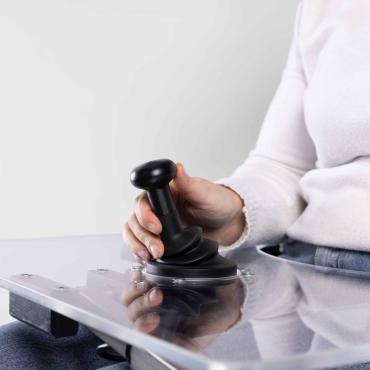
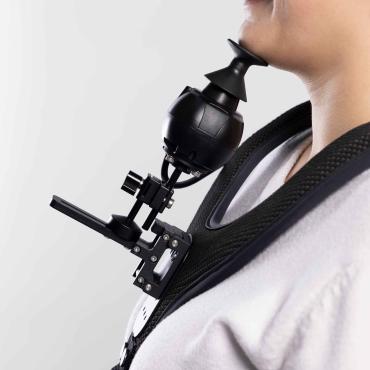
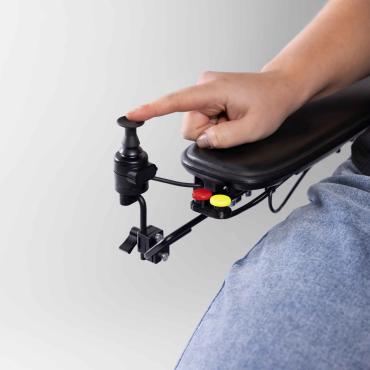
Who are special drive controls for
Only a small part of the world population needs a special drive control. About 10% of the global population has a type of disability. 10% of these people with a disability need a wheelchair. About 15% of these people are electric wheelchair users. And about 10% of these users, need a special control.
People who need a special drive control are predominantly people who have neurologic or neuromuscular conditions. For example, people with muscular dystrophy, cerebral palsy, spinal cord injury and so on. If limb movement and fine dexterity is gravely impacted, some of these people cannot use a standard two-axis joystick.
If there’s no special control available that matches their abilities, these users have to resort to an attendant control system. This allows someone else to navigate the electric wheelchair on the user’s behalf. Mostly, this is a rear mounted proportional two-axis joystick, but there are also more ergonomic solutions available.
Special drive controls are predominantly used by people with neurologic or neuromuscular conditions.
When to start the search for an alternative drive control
We can now differ between a standard and a special drive control, and understand who special drive controls are for. But what is the trigger to start selection a special drive control?
An electric wheelchair user uses a standard hand joystick positioned right before the armrest. This used to work fine but you start to notice the user can no longer perform desired activities and is losing independence. This is the moment to start your search for a special drive control.
How to start the selection process of a drive control
There are three simple but crucial questions to start selecting the right drive control. Always combine these questions:
- What is the simplest drive control on the market?
- Does this device meet the user’s needs?
- Does it accomplish the desired goals based on results of clinical evaluation?
If a category of devices is ruled out as a viable solution, the next simplest device should be assessed and it too should be either tested or ruled out.
Besides these questions, it’s key to involve the following parties when selecting a drive control:
- End user
- Physiotherapist or occupational therapist
- Assistive Technology Professional (ATP)
Once a special drive control is selected, involve a Qualified Service Engineer to ensure a qualitative installation of the control on the electric wheelchair.
Do you want to know more about the selection the right drive control? In part 2 of this blog series, we discuss a framework to assess drive control needs. We hand you a framework to use during the selection of a drive control. It is based on both existing frameworks (see sources) and years of expertise with people with complex mobility problems.
Sources
- Frank & De Souza, 2013, Recipients of Electric-Powered Indoor/Outdoor Wheelchairs Provided by a National Health Service: A Cross-Sectional Study, Archives of Physical Medicine and Rehabilitation; 94(12): 2403-2409
- Lange & Minkel, 2018, Seating and Wheeled Mobility: A Clinical Resource Guide, Thorofare, NJ: Slack Inc., ISBN: 971-1-63091-396-0
- Torkia et al., 2015, Power wheelchair driving challenges in the community: a users' perspective, Disabil Rehabil Assist Technol.; 10(3): 211–215